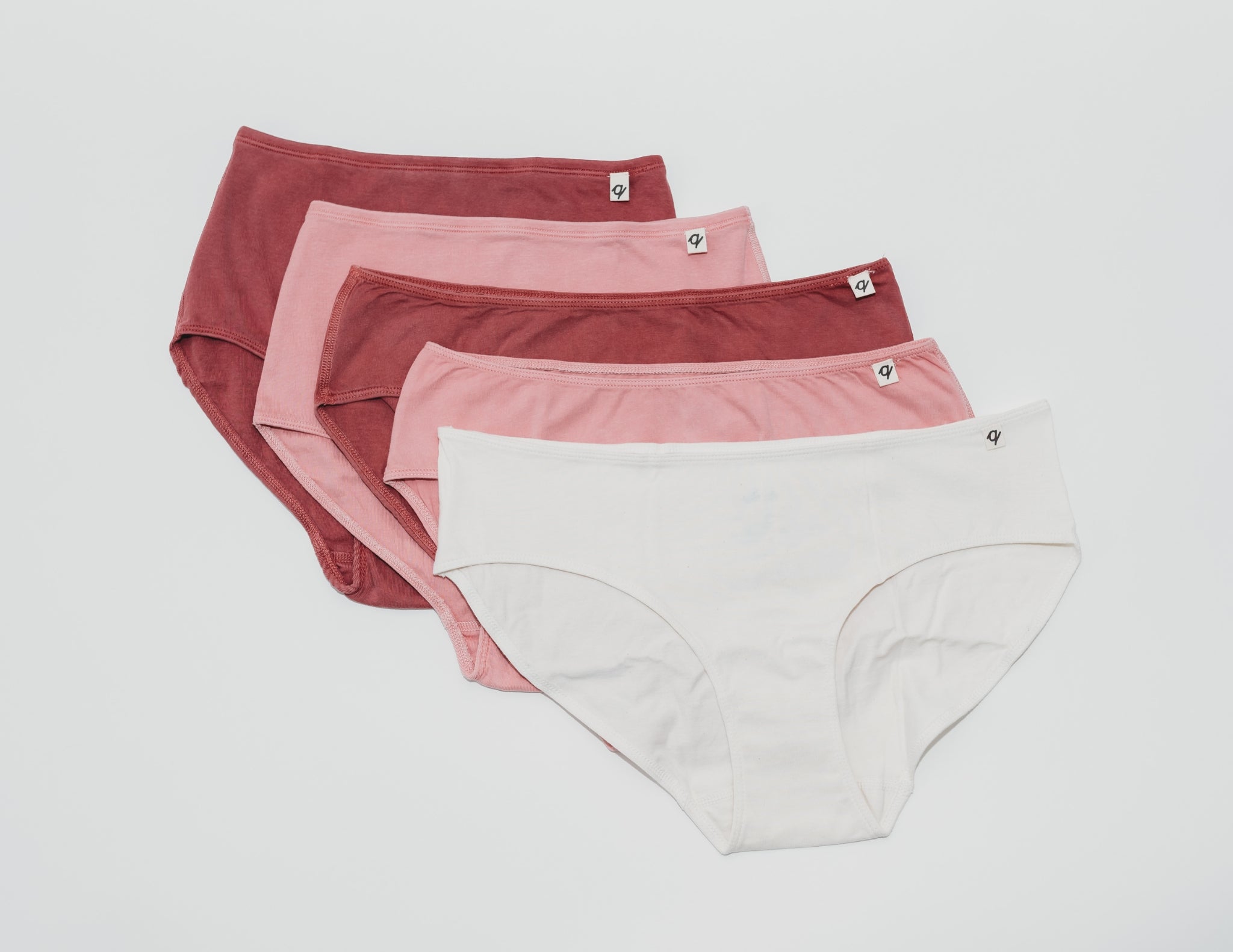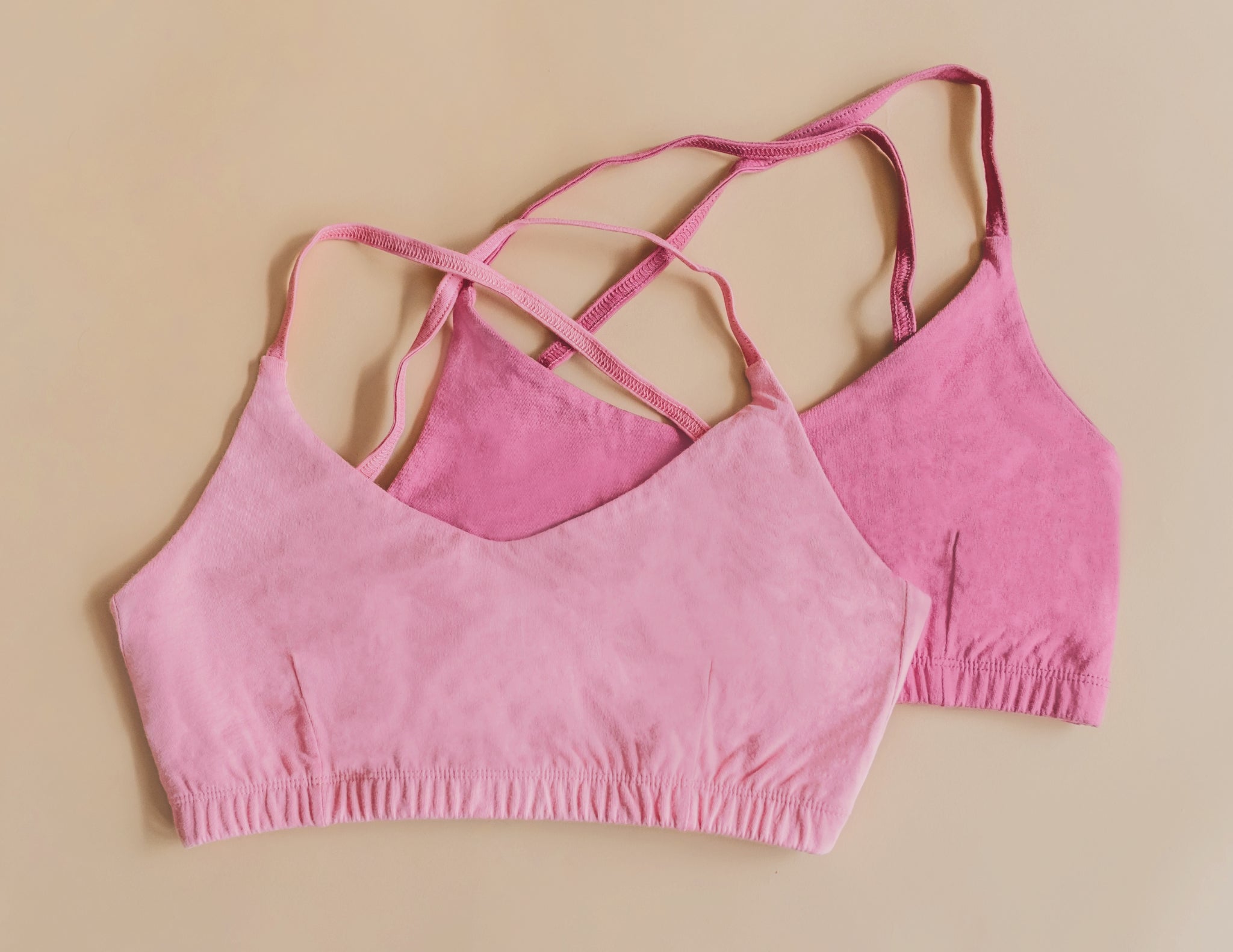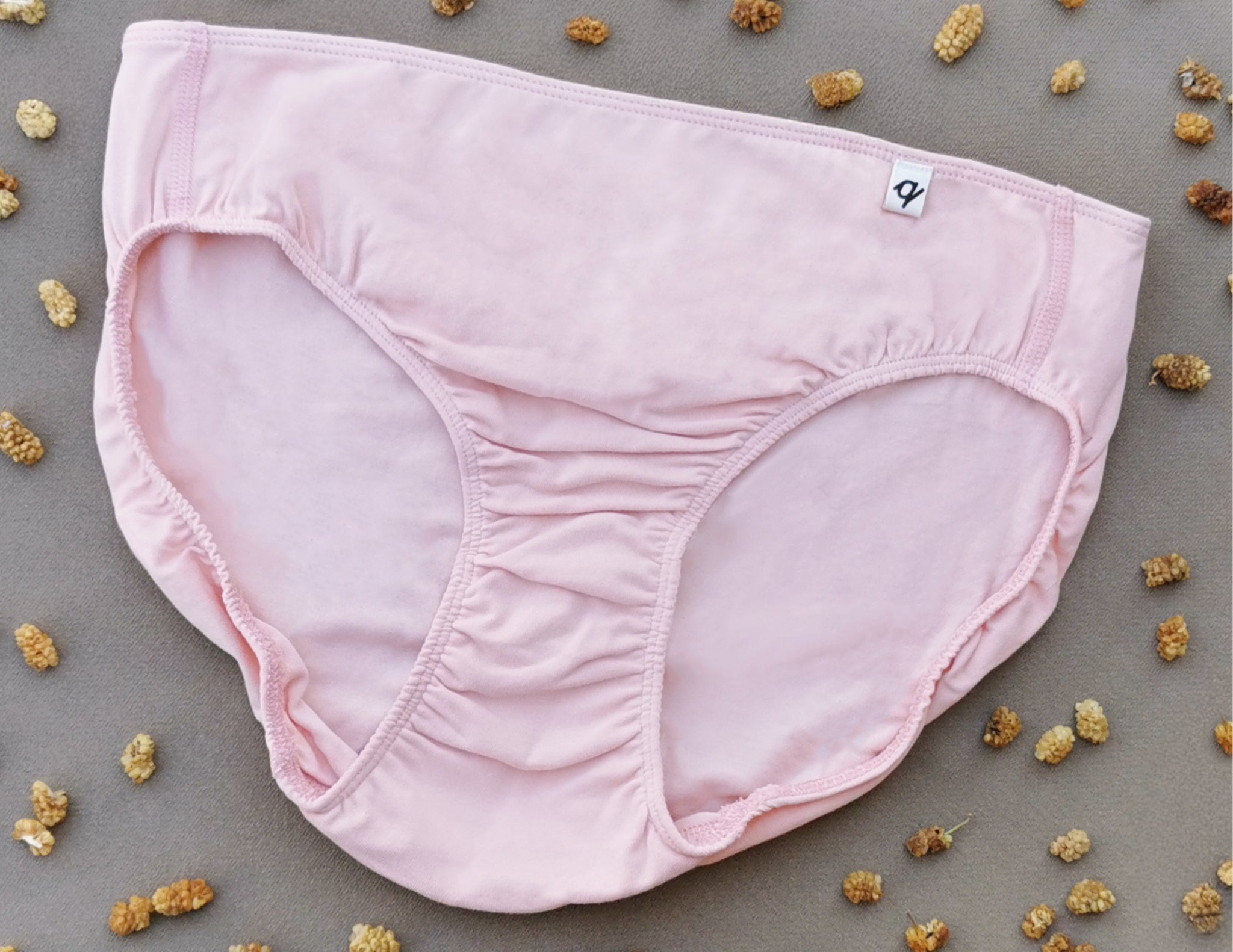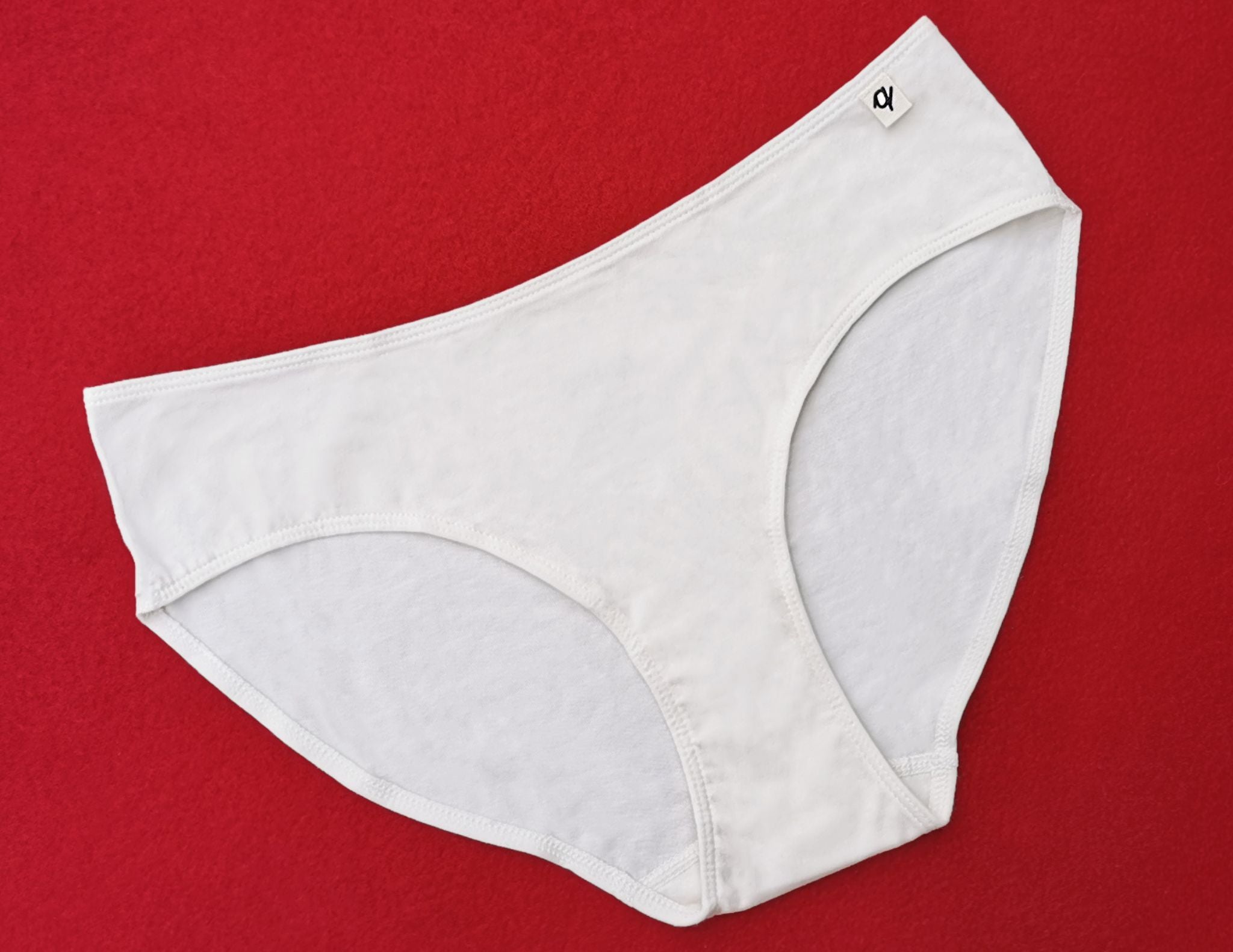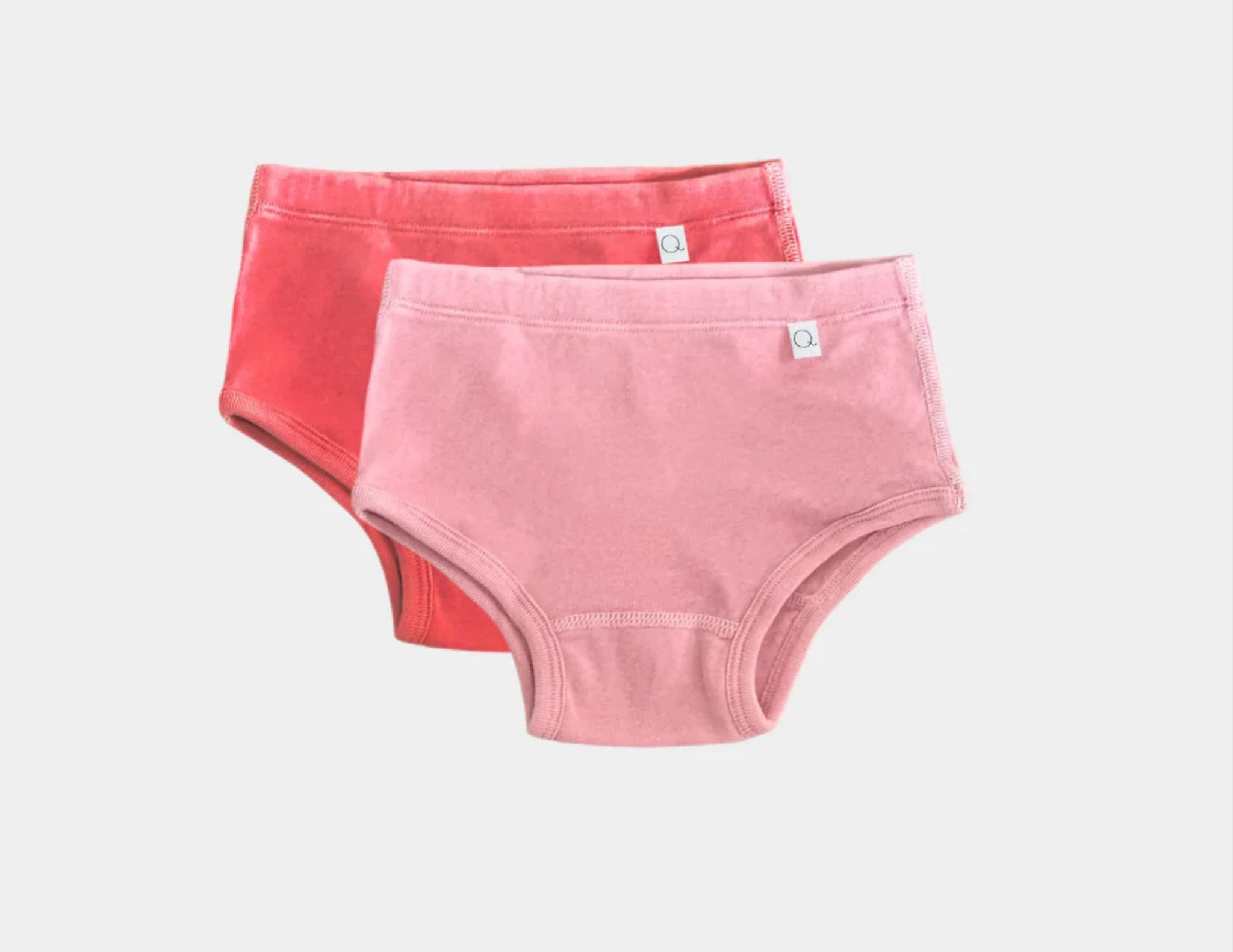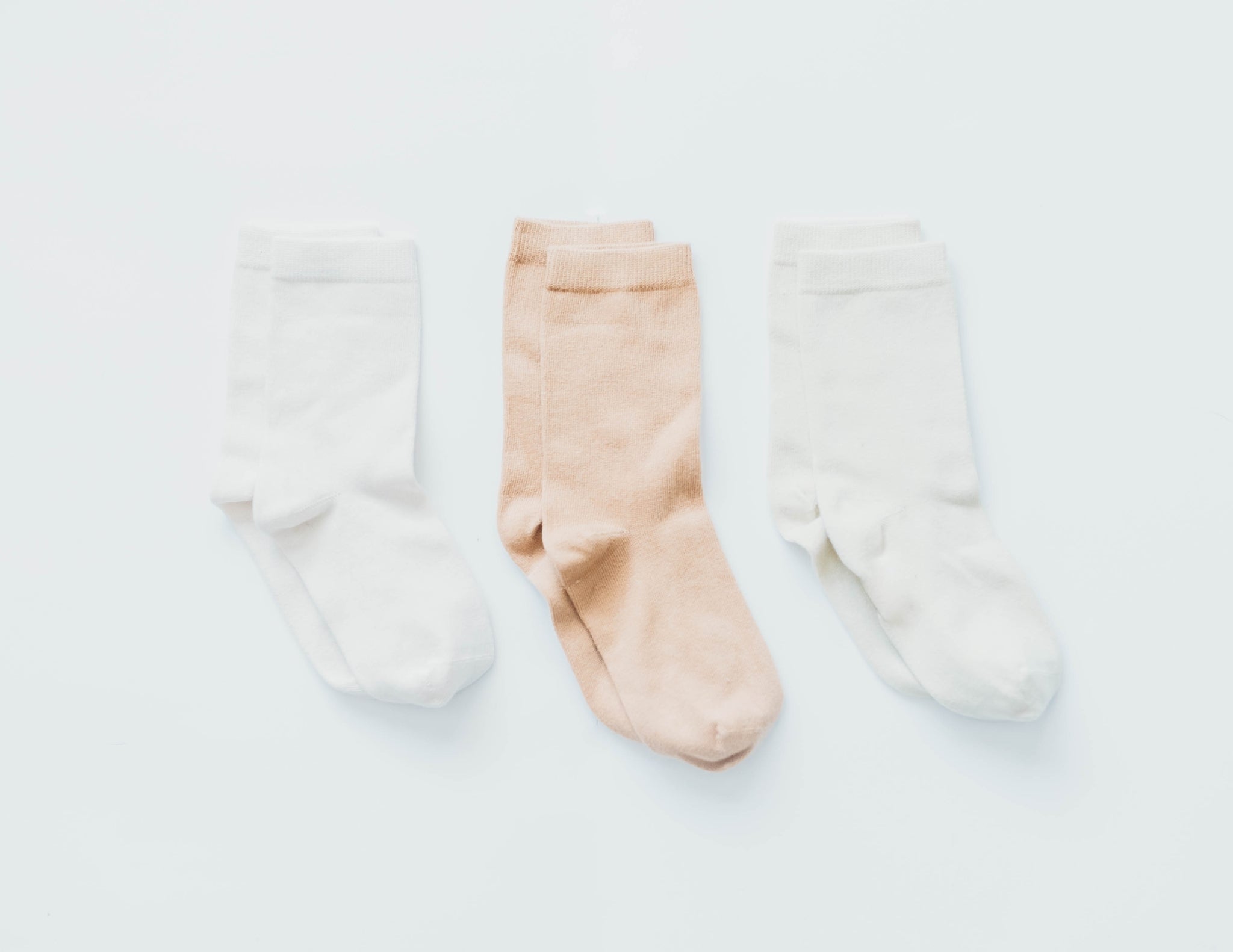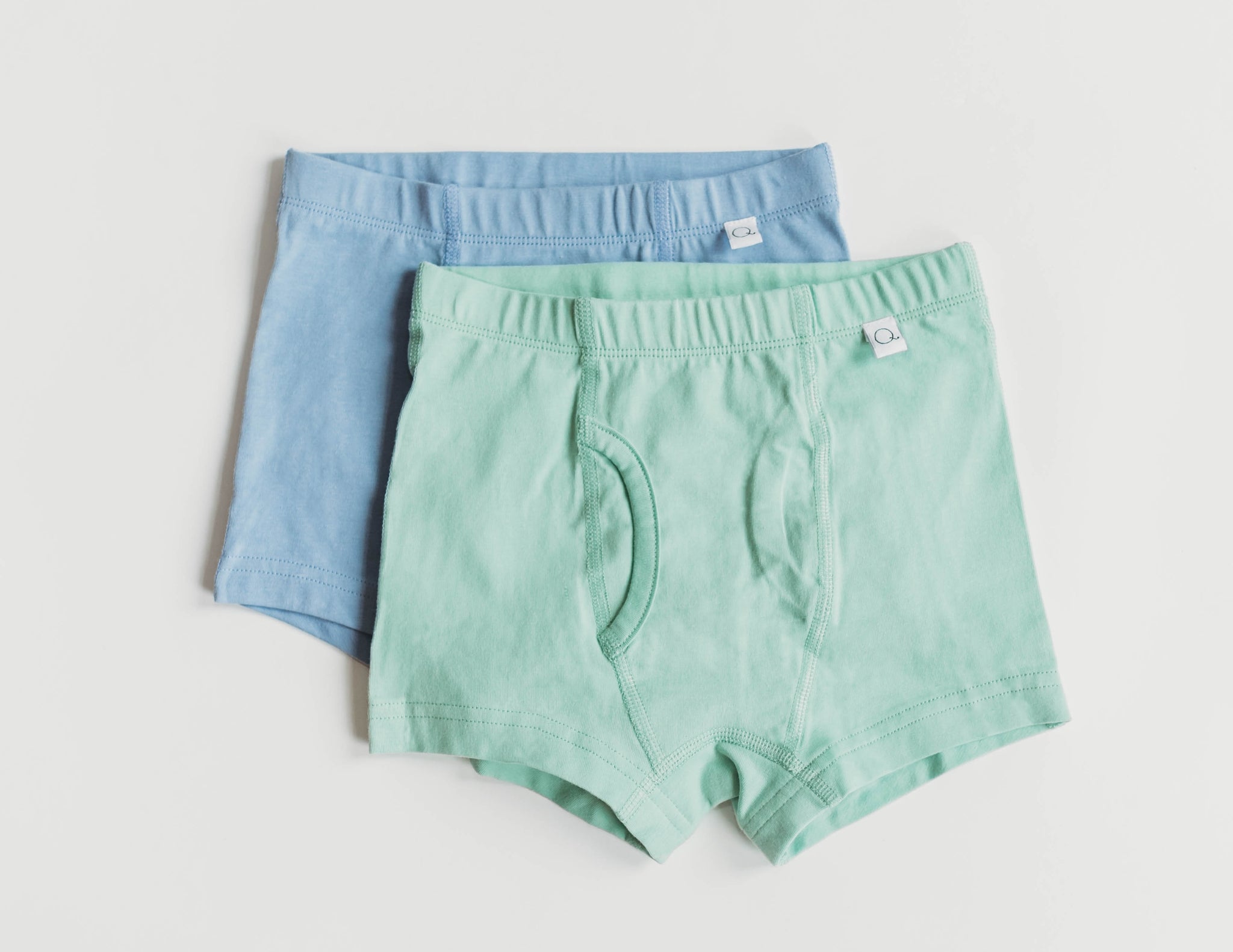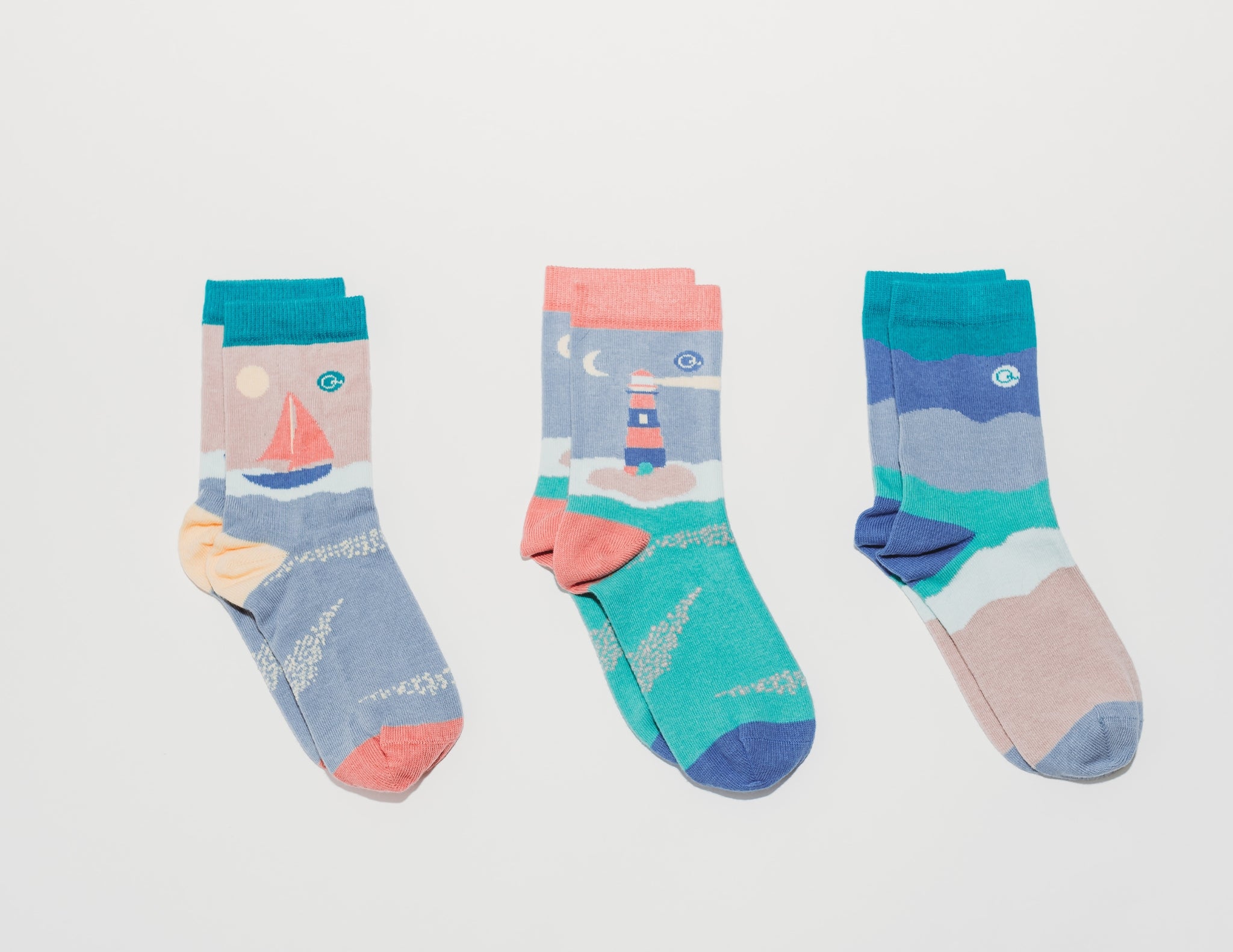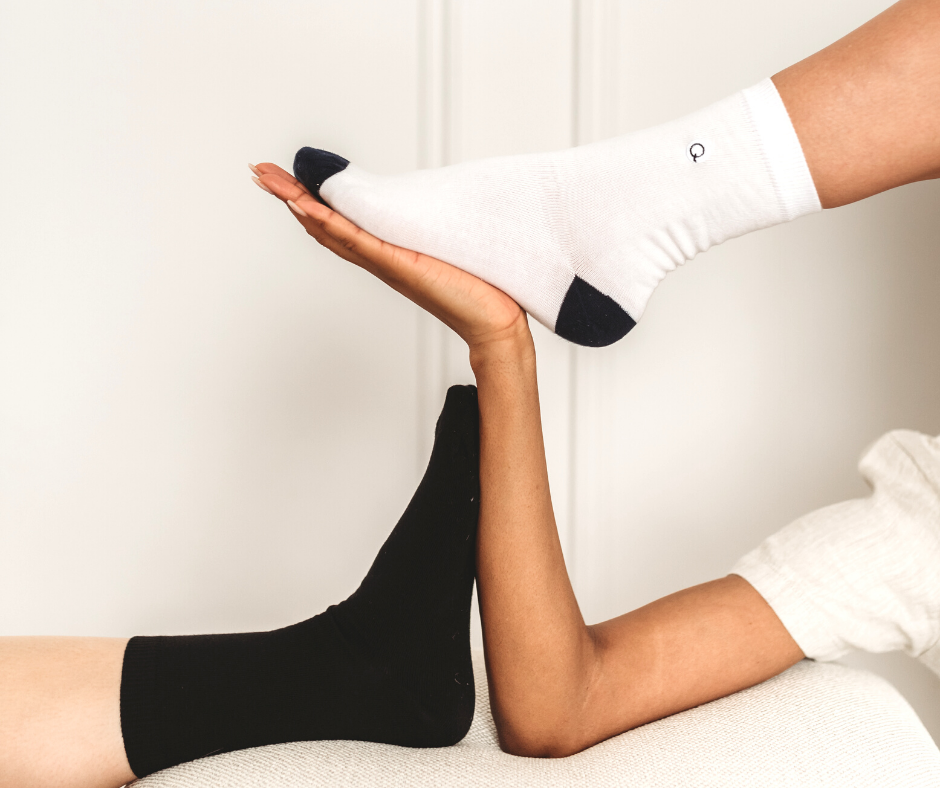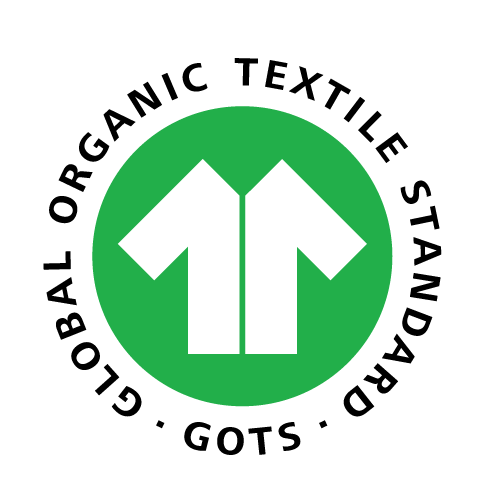
Modal Fabric: What It Is and Is It Really Organic?
Modal is a semi-synthetic fabric made from beech tree pulp. It’s known for its softness, breathability, and resilience – often used in underwear, loungewear, activewear, and bedding for a silky, lightweight feel. This material has gained popularity not only for comfort but also due to claims of being more eco-friendly than many traditional textiles. In this expert guide, we’ll explain what modal fabric is, how it’s made, its properties, and examine its sustainability. We’ll also address common questions about modal – including whether it’s truly “natural,” how it compares to organic fibers like organic cotton, and why understanding terms like “biodegradable” vs “organic” on labels is so important.
What is Modal Fabric?
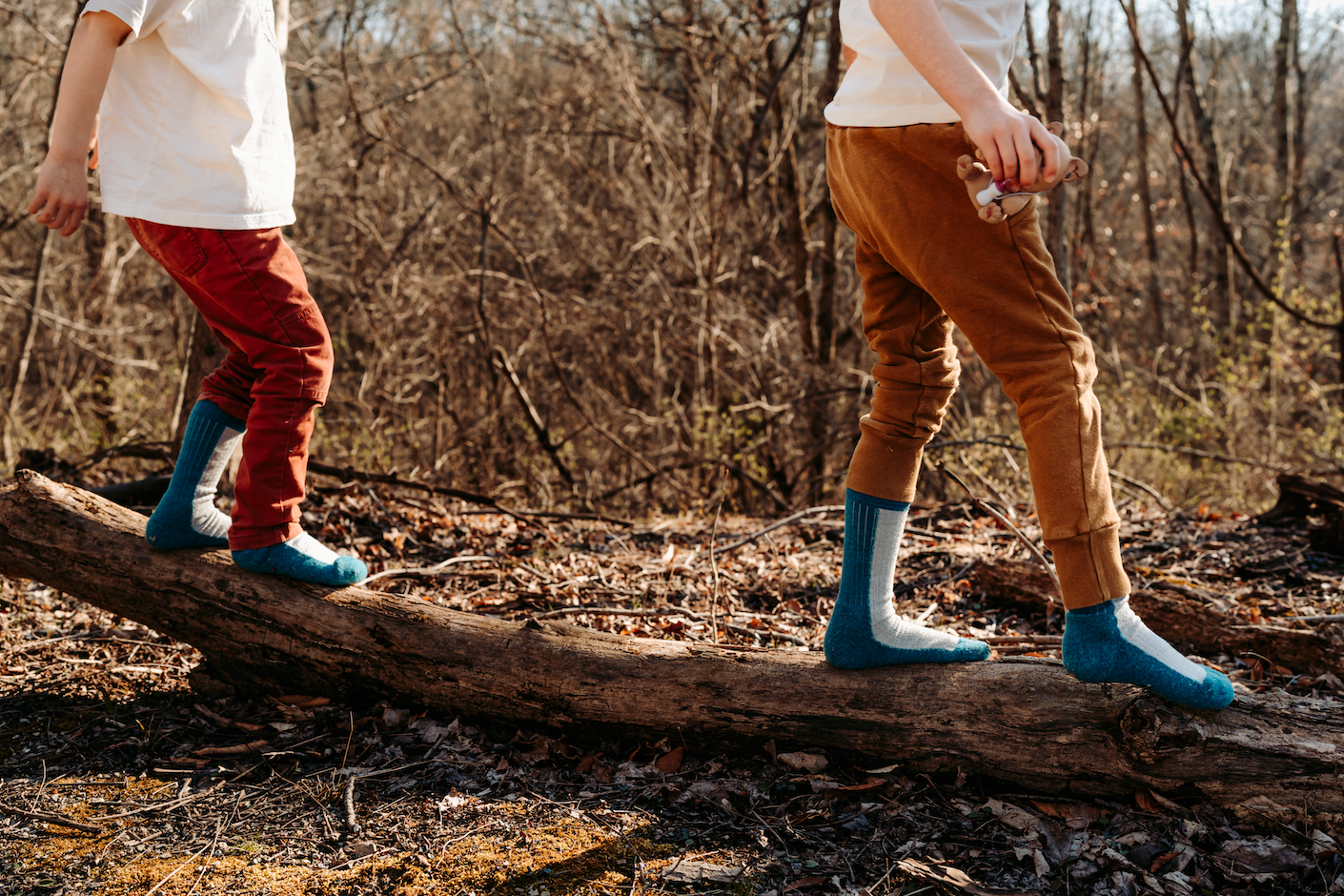
Modal is a type of rayon (regenerated cellulose fiber) – essentially a man-made cellulosic textile. Developed in the 1950s as an improvement on viscose rayon, modal is sometimes called HWM rayon (High Wet Modulus rayon) due to its strength when wet. It starts with natural cellulose from wood (typically sustainably harvested beech trees), but through processing it becomes a fabric that is not fully natural. In simple terms, modal is plant-derived but factory-made. This puts it in between natural fibers (like cotton, linen, hemp) and synthetic fibers (like polyester) in the textile spectrum.
How It’s Made
To manufacture modal, wood pulp is first produced from beech logs. The pulp is broken down with chemicals to extract purified cellulose. This cellulose is then dissolved in a solvent, creating a viscous solution. The solution is forced through fine spinneret holes to form fiber filaments (much like making spaghetti). These filaments are chemically stabilized, stretched for strength, then washed and spun into yarn. The chemical processing is what differentiates modal from “organic” or purely natural fibers. In fact, during the conversion of wood pulp to fiber, the cellulose undergoes transformations (with substances like sodium hydroxide and carbon disulfide in traditional processes) such that the material can no longer be considered purely organic by the end. The result is a smooth, fine fiber that can be woven or knit into fabrics.
Properties: Modal fabric is beloved for its silky softness and drape. It has a slightly glossy sheen and a cool, smooth touch against the skin. Key characteristics of modal include:
- Moisture absorbency: Modal is about 50% more absorbent than cotton, which means it wicks sweat and water away efficiently, keeping you dry. It’s often used in towels, yoga wear, and intimates for this reason.
- Breathability: Being a cellulosic fiber, modal is breathable and allows airflow, making it comfortable in warm weather or during exercise (comparable to cotton in terms of not feeling stifling).
- Strength and durability: Modal is stronger than ordinary viscose rayon, and it resists shrinking or warping when wet. It also has a reputation for resisting pilling; the fibers are smooth and long, which means fabrics stay looking new longer without those fuzzy pill balls.
- Stretch and drape: Modal has a gentle stretch (often even without added elastane) and an elegant drape. It moves with the body, which is why it’s popular in leggings, jersey shirts, and sheets. Despite its softness, it holds shape fairly well.
- Blendability: You’ll often find modal blended with other fibers. For instance, modal-cotton blends combine cotton’s structure with modal’s softness. Modal added to denim or cotton tees can enhance softness and moisture control. It’s also blended with spandex or elastane in activewear for flexibility.
Modal: The Sustainable Middle Ground
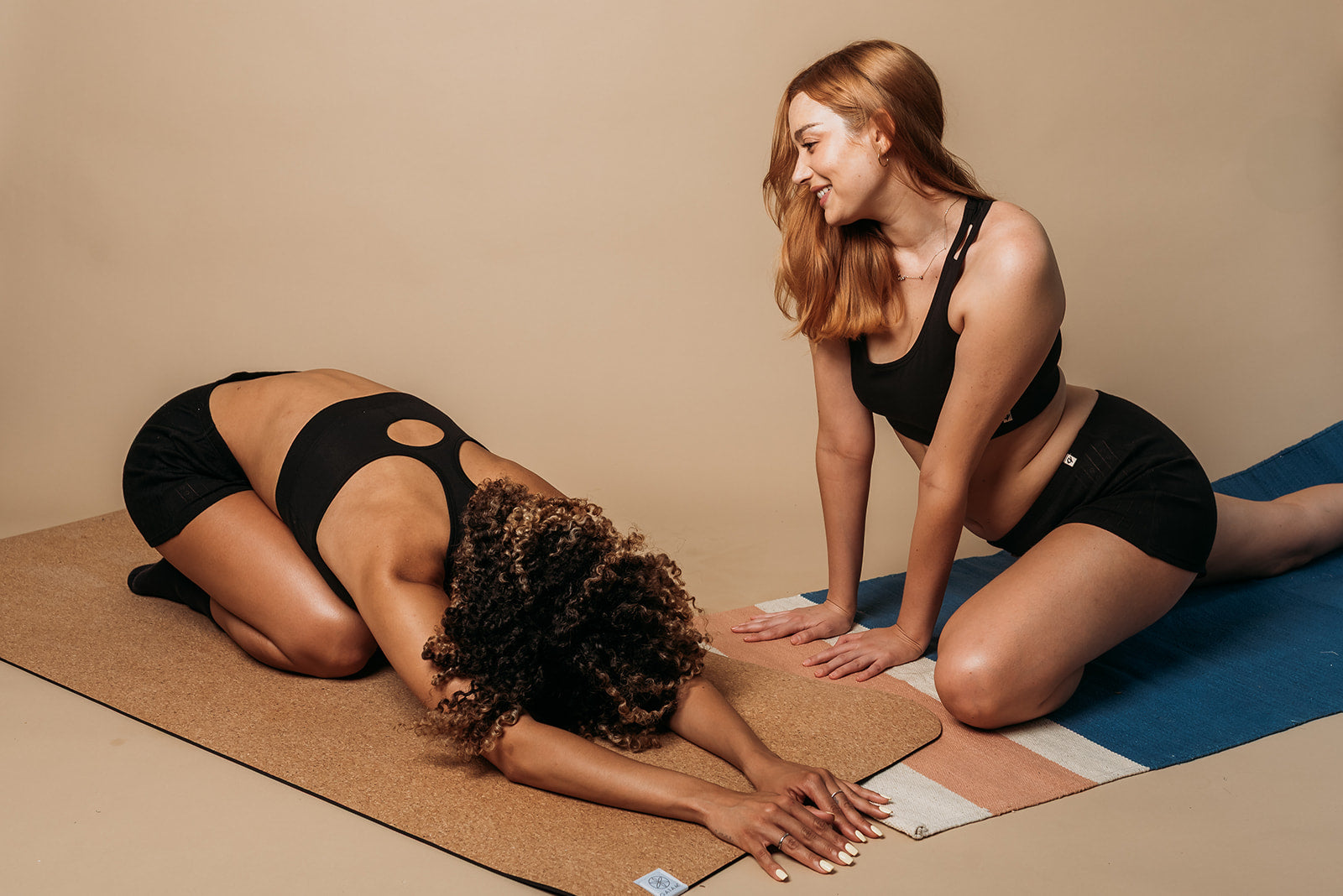
Sustainability is where modal often gets marketed as an eco-friendly superstar – but the reality is more nuanced. Modal occupies a “middle ground” in sustainability. It’s more eco-friendly than completely synthetic fabrics or even conventional viscose rayon, yet it’s not as green as truly organic natural fibers. Let’s break down why:
Not a Fully Organic Fiber
Despite some marketing that portrays modal as a natural, “organic” fabric derived from trees, modal is not a fully organic fiber. In textile terms, organic means a fiber is grown naturally (without synthetic pesticides or fertilizers) and processed with minimal chemical input, often under strict certifications. Modal doesn’t meet this definition. It starts with a natural input (wood pulp), but by the time it becomes fiber it has been transformed by man-made chemicals. In fact, modal is classified as a semi-synthetic or “regenerated cellulose” fiber – the organic plant material is restructured through chemistry into the final textile filament. So, while the cellulose in modal comes from nature, the fiber itself is manufactured, not found in nature. For consumers, this means you won’t see “Certified Organic Modal” on a label (no such certification exists), and any implication that modal is an organic material is misleading.
Significant Chemical Processing
Converting stiff wood chips into soft fabric is a complex feat of chemistry. Modal production involves sodium hydroxide baths, carbon disulfide or similar solvents, and sulfuric acid among other chemicals. These chemicals dissolve and reshape the cellulose. The good news is that modern modal manufacturing uses improved techniques: lower concentrations of caustic soda, smarter handling of carbon disulfide, and closed-loop systems that recover and reuse chemicals instead of dumping them. This makes modal production cleaner than early rayon factories of the past. The bad news is that not all manufacturers are created equal. If modal is made in facilities with lax environmental controls (for example, some generic rayon producers), those toxic chemicals can pollute waterways, harming workers and ecosystems. In other words, modal can be made in a relatively eco-responsible way, but it requires diligence and technology. It’s not inherently a clean process by default. The presence of chemical processing also raises a common question: does modal fabric contain chemical residues or is it toxic to wear? Generally, by the time modal is finished, it’s neutral and safe on skin – reputable makers ensure residual chemicals are washed out (and certifications like OEKO-TEX® standard 100 certify that modal fabrics contain no harmful levels of substances). The real chemical concerns are about production-stage emissions, not the final garment.
Improvement Over Traditional Rayon
Compared to older viscose rayon production, modal is indeed a sustainability upgrade. It was designed to use fewer hazardous chemicals and produce less waste. For example, the modal process skips certain steps that produced a lot of toxic runoff in viscose-making. Also, many modal producers have adopted carbon recovery and water recycling. The Austrian company Lenzing (which produces TENCEL™ Modal) is often cited as a gold standard: they source wood from sustainably managed forests and operate in a closed-loop, recovering ~95% of chemicals and generating much of their own energy. Thanks to such measures, certified TENCEL™ Modal is associated with lower emissions and uses 10–20 times less water than even organic cotton cultivation on a per ton basis. Moreover, beech trees for modal can be grown on gentle slopes or non-arable land not suitable for crops, meaning they don’t directly compete with food agriculture. These factors give modal a smaller environmental footprint in certain categories (water usage, land use) when benchmarked against resource-intensive fibers like conventional cotton or polyester. It’s fair to say modal is a more sustainable choice than many common fabrics in these respects.
Environmental Trade-offs Remain: On the other side of the equation, modal still comes with trade-offs and potential downsides:
- Forestry and Land Use: Because modal relies on wood, its sustainability hinges on responsible forestry. Reputable modal is made from renewable plantations or second-growth forests (often PEFC or FSC certified wood). However, there have been cases where irresponsible rayon manufacturing contributed to deforestation. If trees are sourced from ancient or biodiverse forests, or if clear-cutting occurs, the impact is severe. For instance, in the past some rayon (including modal) suppliers in Asia were linked to rainforest clearance. Lenzing and similar eco-conscious producers mitigate this by using only sustainably managed forests (no old-growth wood). Consumers need to be aware that not all modal is equal – the sustainability of modal largely depends on where and how that wood was harvested.
- Chemical Impacts: As discussed, the chemicals used in modal can be hazardous. Modal manufacturing still requires energy and produces emissions. If the factory doesn’t use modern pollution controls, toxic substances like carbon disulphide can escape, posing dangers to workers and the environment. Even with better processes, there’s the issue of disposing of or recycling chemicals. While many factories recover most solvents, a small percentage of chemical loss can add up, and those chemicals (if released) do not biodegrade and can contaminate soil and water. Additionally, processing wood pulp into fiber consumes energy – if that energy isn’t from renewable sources, there’s a carbon footprint to consider.
- End-of-Life and Microfiber Pollution: One often-touted advantage of modal is that it’s biodegradable. Indeed, being essentially reconstituted cellulose, modal fiber will eventually break down (unlike synthetic plastic-based fibers). However, “biodegradable” doesn’t mean it disappears overnight or in all conditions. In a landfill lacking oxygen, any biodegradation slows significantly. Also, when blended with synthetics (e.g., a 50/50 modal-polyester blend), its eco advantage diminishes since those garments won’t fully biodegrade. Modal fabric, like other fabrics, can shed tiny fibers when washed. The fibers from modal are cellulose (not plastic), so they should biodegrade over time – a plus over polyester microfibers which persist. Still, in water systems, even biodegradable fibers can cause issues in excess. It’s worth noting that “biodegradable” is not the same as “non-polluting” – it simply means a material can break down given the right conditions, not that its production or presence has zero environmental impact.
Modal vs. Organic Fibers – Which is Greener?

This is the big question for many eco-conscious consumers. Certified organic fibers like organic cotton, organic linen, or hemp are often held up as the gold standard for sustainable textiles. These fibers are grown without synthetic pesticides or fertilizers, which means a lower toxin load on the environment and farmworkers. They’re processed mechanically or with approved gentle chemicals (e.g., organic cotton is ginned and spun without the chlorine bleach, heavy dyes, or finishing agents that conventional cotton might use). When you see GOTS-certified organic cotton, it also means the entire supply chain met strict environmental and social criteria, giving consumers transparency and confidence.
Consumer Transparency
Another point to consider is transparency and certification. When you buy a shirt labeled Organic Cotton (GOTS certified), you have a high assurance of what that means and that the fabric is really 100% organic cotton from farm to factory, a verified sustainable process. With modal, unless the brand specifically labels it as Lenzing™ Modal or TENCEL™ Modal, it can be hard for a consumer to know how it was made. Some brands do highlight when they use reputable modal – you might see terms like “TENCEL™ Modal” in descriptions, indicating the fiber came from Lenzing’s sustainable production. But if a tag just says “Modal”, the average shopper has little way to trace its origin. There’s no widely recognized eco-label for modal itself (aside from the company trademarks). By contrast, organic cotton products often carry logos (GOTS, Organic Content Standard, etc.) that ensure the eco-claims are third-party verified. This makes organic fibers a safer bet for consumers prioritizing ethical sourcing, since you can literally follow the certification.
Explore our expert insights on the health benefits of organic cotton underwear, how it compares to other materials, and why it's considered a healthier choice.
Biodegradable vs. Organic – Don’t Be Fooled by Labels
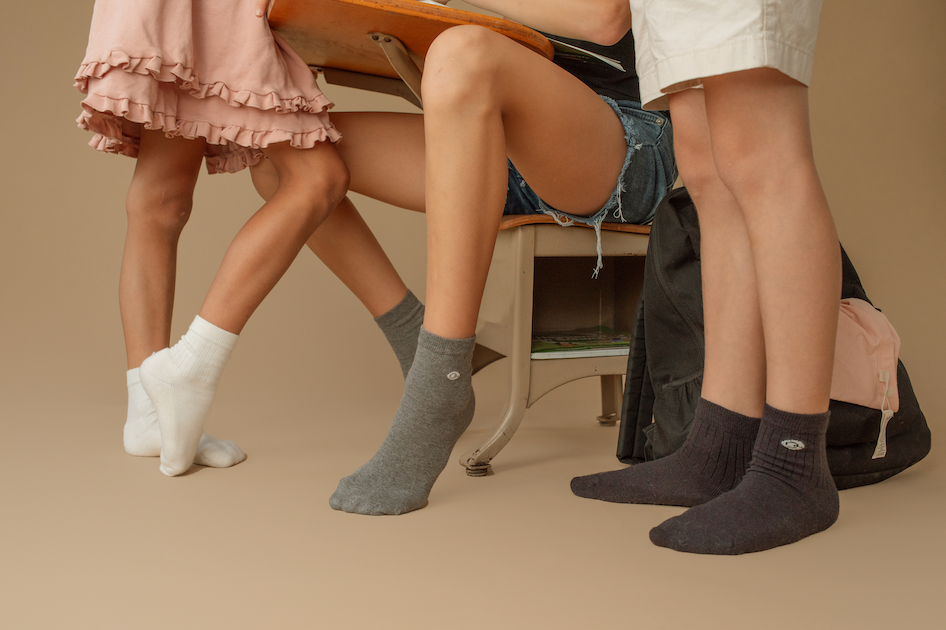
A critical clarification in sustainability marketing is understanding terms like “biodegradable” versus “organic”. Many brands advertise modal as “biodegradable fabric”, which is true – given enough time and the right conditions, modal will break down naturally since it’s essentially plant matter. However, biodegradable speaks only to what happens after you’re done with the product, not how it was made. Organic, in a textile context, refers to how the fiber was grown and processed (with environmental and health-conscious practices, and without synthetic chemicals). It’s entirely possible (and common) for a fiber to be biodegradable but not organic – modal is a perfect example. It will decompose eventually, but it was not produced organically. Conversely, a fiber can be organic (e.g., organic cotton) and of course that is biodegradable too (most organic fibers are natural and thus biodegrade). The key is: don’t equate biodegradable with sustainable or organic. Biodegradability is a great feature, but it doesn’t erase the upstream impacts. So when you see a modal garment touted as “eco-friendly because it’s biodegradable,” remember that you need to consider the whole production story. Sustainable fashion advocates often emphasize this distinction so consumers aren’t misled by greenwashing. Always look for additional info: Was the modal from a sustainably managed forest? Does the manufacturer mention closed-loop processing or certifications? If not, the item might be riding on modal’s green reputation without doing the work to ensure it truly was made in an eco-conscious way.
In summary, modal sits in a sustainable middle ground:
- It’s better for the environment than purely synthetic fabrics (no microplastics, renewable input) and often better than conventional cotton (less water, land, and chemical fertilizers/pesticides involved).
- It’s not as universally low-impact as certified organic fibers or recycled materials; its eco-friendliness depends on implementation. Modal’s production still uses chemicals and can have a significant footprint if not carefully managed.
- Modal is biodegradable, which is a sustainability plus, but “biodegradable” ≠ “organic” – an important distinction when reading clothing labels.
Ultimately, diversifying our sustainable wardrobe is wise: modal can have a place as a comfy, relatively eco-friendly option, but so do organic cotton, hemp, linen, and other truly green textiles. Each has pros and cons, and a lot depends on production practices.







